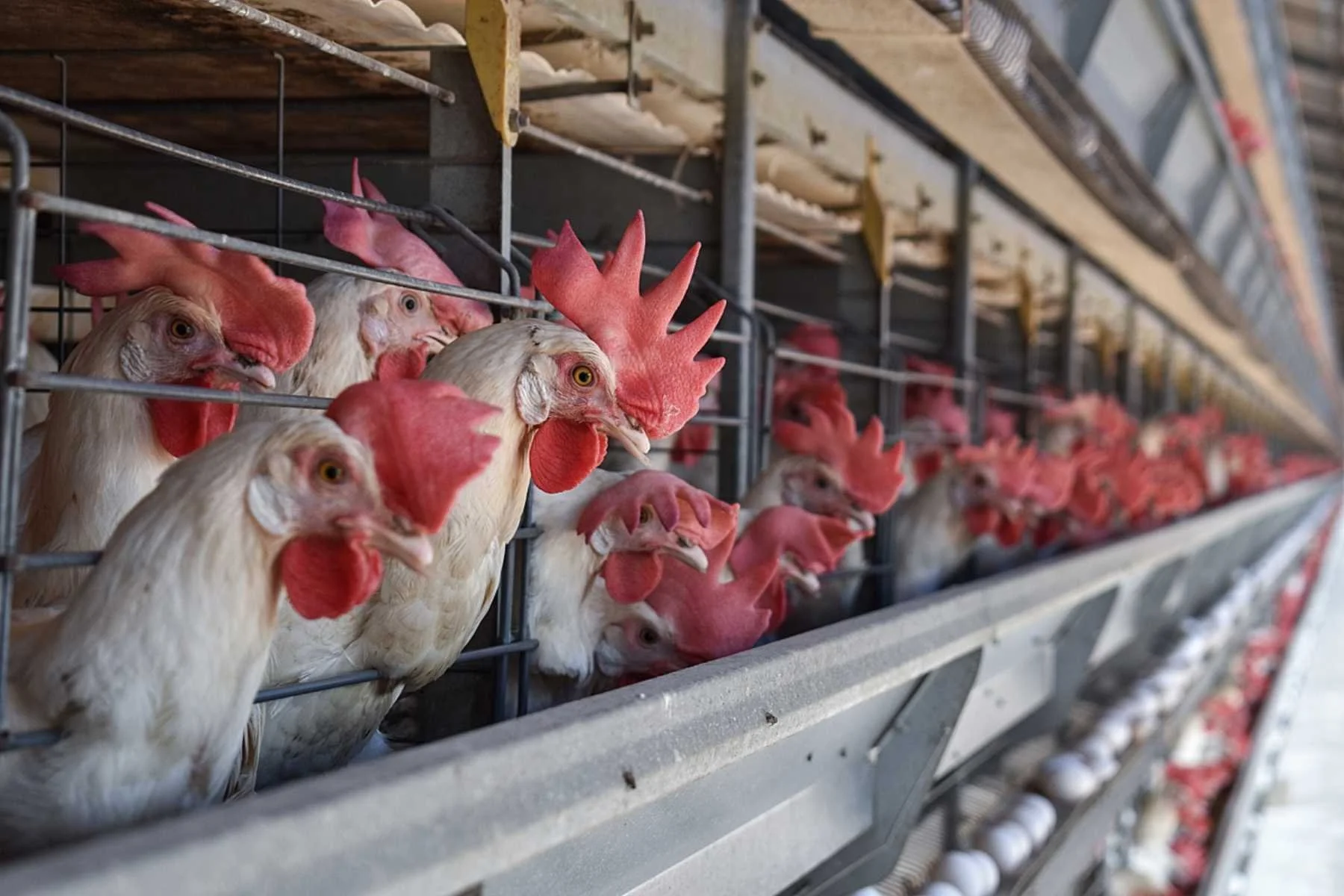The US Army is Secretly Shooting Dogs and Cats For Medical Research
The Army Medical Research and Development Command has secretly allowed the shooting of cats and dogs so that researchers can study their wounds, despite the practice being prohibited since 1983.
This story is supported by
Credit: Moving Animals
The US Army Medical Research and Development Command secretly wounded dogs, cats and other animals with weapons for research purposes, despite a 1983 ban on such experiments, according to People for the Ethical Treatment for Animals (PETA). The policy change that gave the department permission to carry out these tests again may have been made as early as 2020.
PETA submitted a Freedom of Information request in March of this year, requesting the details of these taxpayer-funded tests, but the military branch refused, claiming that it’s “classified … in the interest of national defense or foreign policy.”
According to the animal rights organization, the Army initially stated that it had at least 2,000 pages of records related to the tests, however, they have since backtracked, claiming to only have a single page.
PETA has also sent a letter to the Army Secretary, Christine Wormuth, urging her to reinstate the ban on such experiments.
“This new policy wasn't highlighted or publicly announced in great fanfare,” said PETA’s vice president Shalin Gala. “They most likely would not want the PR nightmare that would ensue should this information be released.”
Brigadier General Anthony McQueen, the head of the U.S. Army Medical Research and Development Command
The claims are being disputed by the Army, with a spokeswoman for the medical research command, Lori Salvatore, claiming that the policy update was a change in "minor wording" to "clarify training vs. research." Wounding of dogs, cats, primates and marine mammals using a weapon is prohibited for training but may be permissible for research, reported The New York Post.
“PETA is demanding that the Army ban weapon wounding tests on dogs, cats, monkeys, and marine mammals and release all non-sensitive information about these tests that it marked as 'classified,' a designation that speaks volumes about what animals likely endure in the Army’s secret torture labs,” said Gala.
“Taxpayers deserve to know if their money is going toward torturing dogs, cats, marine animals, and primates in pointless and cruel weapon-wounding experiments,” she added
If PETA’s appeal to the Army Secretary is unsuccessful, the organization will take the Army to court, said Gala.
Military animal experimentation
The military has a long history of conducting experiments on animals. For years, the US Department of Defense (DOD) operated “wound labs”, where conscious or semiconscious animals were hung in slings and shot with high-powered weapons to inflict injuries that could be medically examined, according to PETA.
In 1983, the animal rights group revealed that the department was planning to purchase dozens of dogs from animal shelters and shoot them on a firing range in Maryland, which led to the military halting the program and issuing a permanent ban on the use of dogs, cats, and primates in wound labs.
Then, in 2005, the Army issued Regulation 40-33, which prohibited the use of dogs, cats, nonhuman primates, and marine mammals in “[r]esearch conducted for development of biological, chemical, or nuclear weapons.”
A member of the US military prepares to shoot a cat during training in 1983. Credit: PETA
However, thousands of other live animals, mainly pigs and goats, are still injured and killed every year in highly secretive trauma training exercises carried out by the DOD, its contractors, and businesses working for the Department of Homeland Security, according to PETA.
An incident involving a pig during a trauma training exercise was recounted by one service man in a New York Times article: "[Instructors] shot him twice in the face with a 9-millimeter pistol, then six times with an AK-47, and then twice with a 12-gauge shotgun. He was then set on fire after that. I preserved his life for 15 hours.”
Nearly 80 percent of U.S. Nato allies do not use any animals for military medical training, according to a study published in the journal Military Medicine. In addition, a leading Army surgeon has also admitted that “there still is no evidence that [live tissue training on animals] saves lives,” according to PETA.
Solutions for change
The leading solution to eliminate animals from military tests is simulation-based trauma training. Thanks to developments in biomedical simulation technology, from human patient simulation to computer-assisted learning software and virtual reality programs, alternative - and superior - training methods are available.
Hospital corpsman conduct Tactical Combat Casualty Care training. Official U.S. Navy Page
One such example is the ‘Human Worn Partial Task Surgical Simulator’, created by Strategic Operations Inc., which simulates the look, feel and smell effects of severe traumatic events on the human body. It allows the military to perform real procedures and learn lifesaving medical skills without harming animals.
We Have A Favor To Ask…
Species Unite amplifies well-researched solutions to some of the most abusive animal industries operating today.
At this crucial moment, with worldwide momentum for change building, it’s vital we share these animal-free solutions with the world - and we need your help.
We’re a nonprofit, and so to keep sharing these solutions, we’re relying on you - with your support, we can continue our essential work in growing a powerful community of animal advocates this year.
More stories:
Species Unite
A collection of stories of those who fight the good fight on behalf of animals.








Leather, wool, feathers: even if they were by-products, would that make a difference?